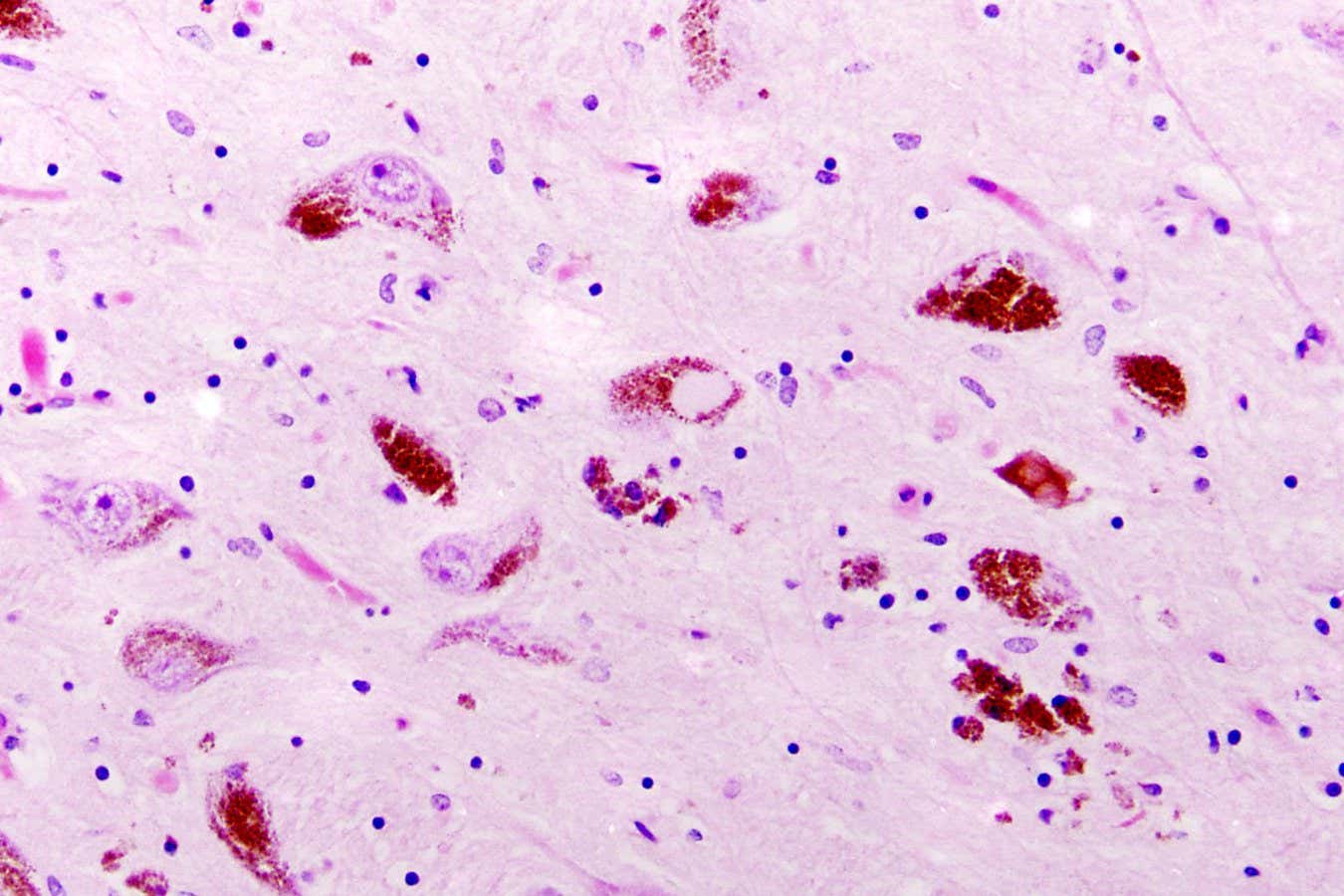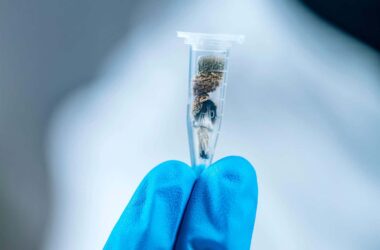A new study suggests that high levels of a specific enzyme found in the fluid surrounding the brain and spinal cord could potentially indicate the presence of Parkinson’s disease. This discovery could lead to earlier diagnosis and treatment of the condition.
Parkinson’s disease and related conditions, such as dementia with Lewy bodies (DLB), affect approximately 6% of the global population and primarily impact a person’s movement. Currently, these conditions are usually diagnosed when symptoms become apparent, such as slow movement or stiff limbs. However, signs of nervous system degeneration may be present much earlier.
The researchers aimed to identify a biomarker that could assist in the early diagnosis of Parkinson’s disease and DLB. They collected cerebrospinal fluid samples from 81 individuals with Parkinson’s disease or DLB and 347 individuals without any symptoms. Cerebrospinal fluid is the clear fluid that surrounds the brain and spinal cord.
The results showed that participants with Parkinson’s disease or DLB had significantly higher levels of an enzyme called DOPA decarboxylase in their cerebrospinal fluid compared to those without these conditions. Additionally, out of the 35 individuals without a Parkinsonian disorder but with elevated DOPA decarboxylase levels, 12 went on to develop Parkinson’s disease or DLB over a three-year monitoring period.
The study was further replicated in another group of 94 participants, and the same correlation was found between DOPA decarboxylase levels and Parkinsonian disorders. The correlation was also observed in blood plasma samples from 282 additional individuals.
Although these results are preliminary, the researchers believe that if DOPA decarboxylase is validated as a biomarker for Parkinson’s disease and DLB, it could enable earlier and more accurate diagnosis. Early diagnosis would allow individuals to access treatments for their symptoms sooner, improving their quality of life. Moreover, the identification of biomarkers associated with these conditions may contribute to the development of future treatments.
Insights
- The study suggests that analyzing the levels of DOPA decarboxylase in the cerebrospinal fluid and blood plasma could potentially serve as a biomarker for early detection of Parkinson’s disease and dementia with Lewy bodies (DLB).
- If validated, this biomarker could lead to improved accuracy and earlier diagnosis of these neurodegenerative conditions.
- Early diagnosis would enable individuals to receive timely treatments for their symptoms, resulting in a better quality of life.
- Identifying biomarkers related to Parkinson’s disease and DLB could also pave the way for the development of new treatments in the future.
- Further research and larger studies are needed to validate the findings and establish the effectiveness of DOPA decarboxylase as a biomarker.








